
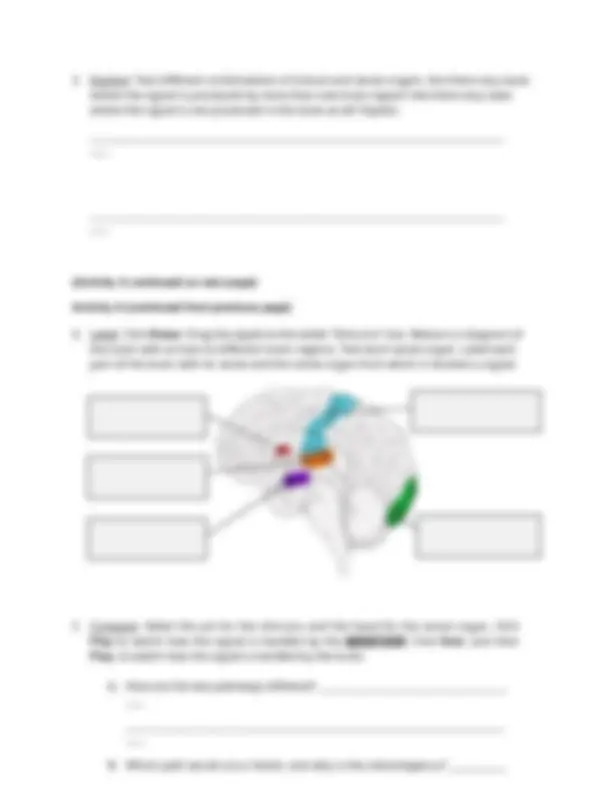

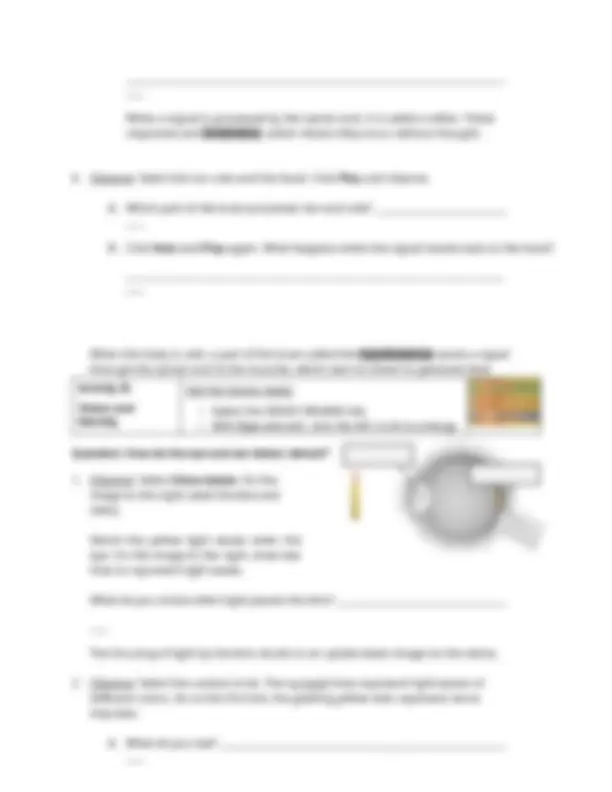
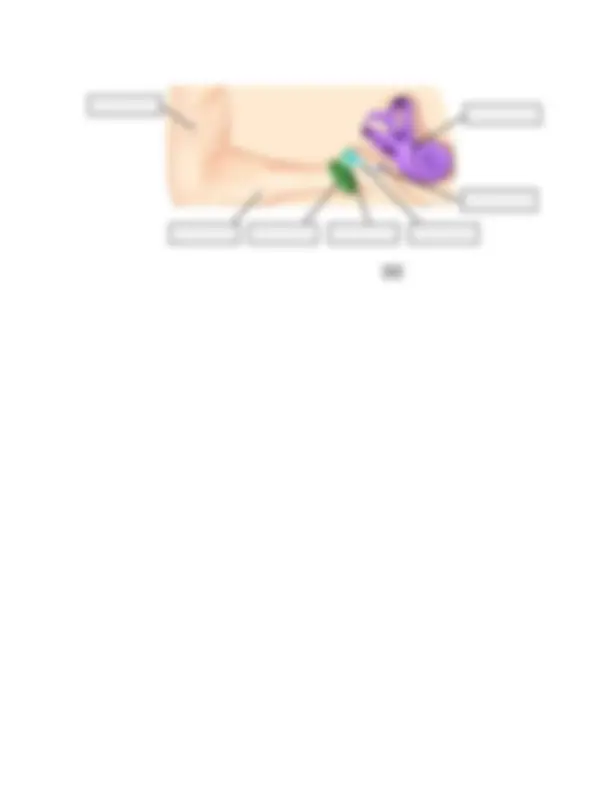
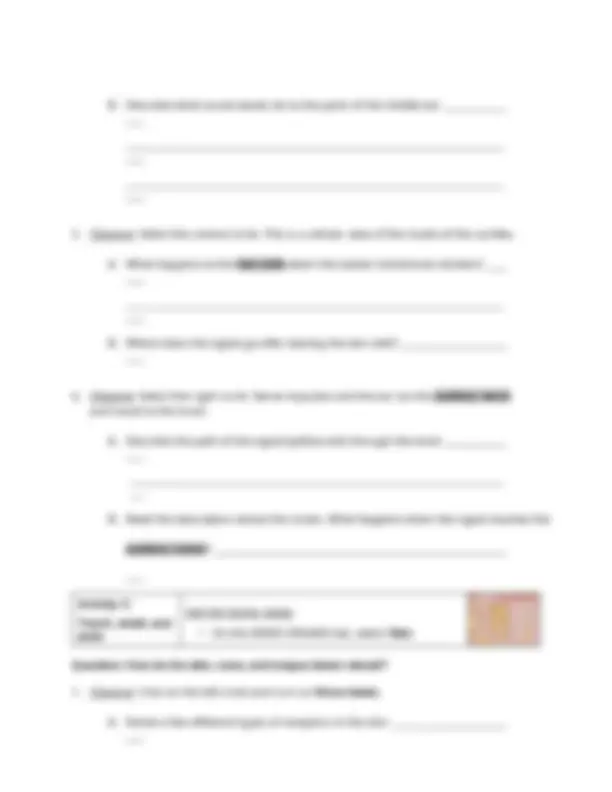
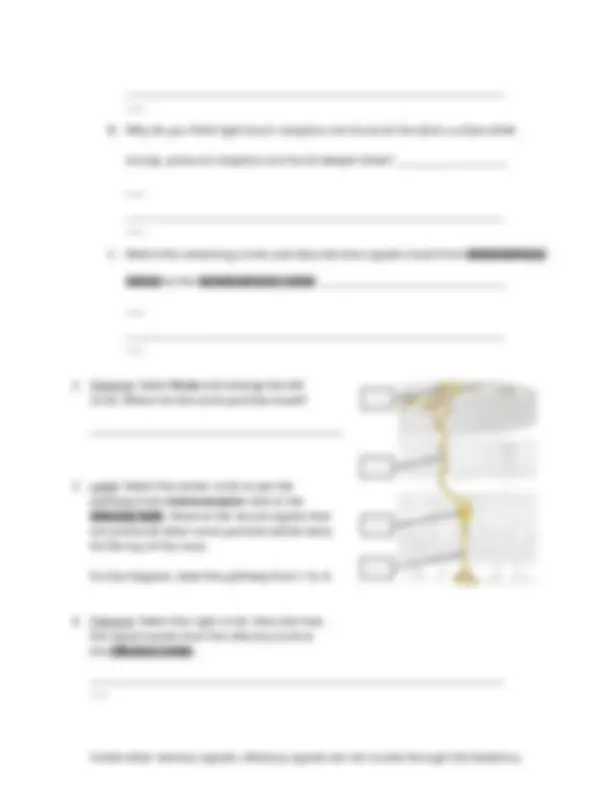




Study with the several resources on Docsity

Earn points by helping other students or get them with a premium plan


Prepare for your exams
Study with the several resources on Docsity

Earn points to download
Earn points by helping other students or get them with a premium plan
Community
Ask the community for help and clear up your study doubts
Discover the best universities in your country according to Docsity users
Free resources
Download our free guides on studying techniques, anxiety management strategies, and thesis advice from Docsity tutors
Question: What happens when stimuli are detected by sense organs? 1. Observe: Drag the apple into the Stimulus box and the tongue into the Sense organ box. Click Play. A. What does the tongue detect? B. What happens along the neural pathway when the tongue detects the stimulus? The glowing dot represents the transmission of a nerve impulse along the nerves that make up the neural pathway. A nerve impulse is an electrical signal that travels from one nerve cell to another. C. Which part of the brain processes this signal? 2. Compare: Click Reset. Select the speaker for the stimulus and the ear. Click Play. A. What part of the brain detects the signal from the ear?
Typology: Exams
1 / 14

This page cannot be seen from the preview
Don't miss anything!









Activity A: Senses and the brain Get the Gizmo ready:
same part of the brain?
2019 When a signal is processed by the spinal cord, it is called a reflex. These responses are involuntary , which means they occur without thought.
rods and cones. Label these on the diagram. Turn off Show labels and view the animation carefully. Which cells detect colors? C. On the diagram, label one path that a signal can follow in order from 1 to 3.
B. Why do you think light-touch receptors are found at the skin’s surface while strong- pressure receptors are found deeper down? C. Watch the remaining circles and describe how signals travel from somatosensory nerves to the somatosensory cortex.
(Activity C continued on next page)
D. Compare the neural pathways of each sense organ to the brain. How are these pathways similar? Different?